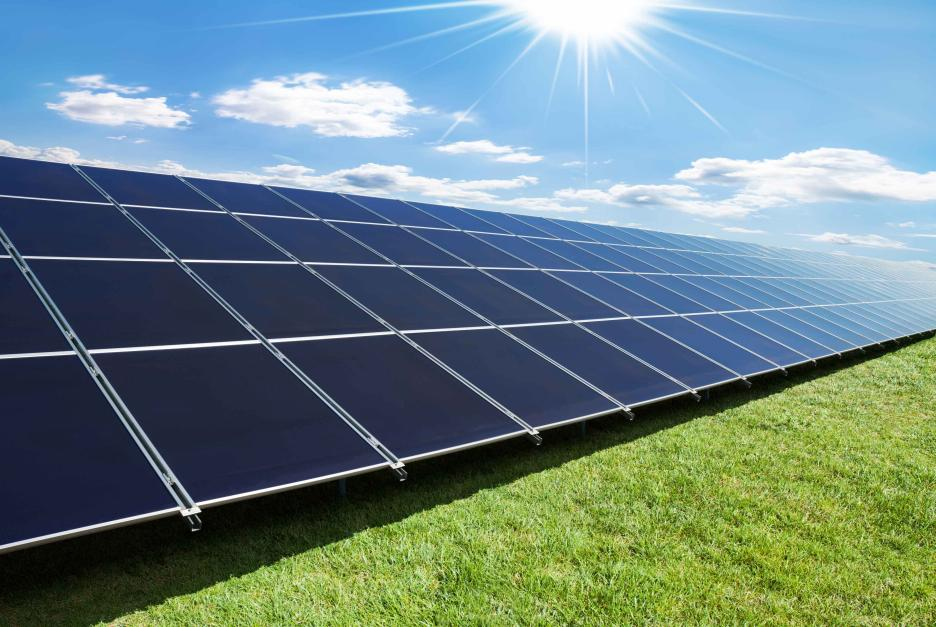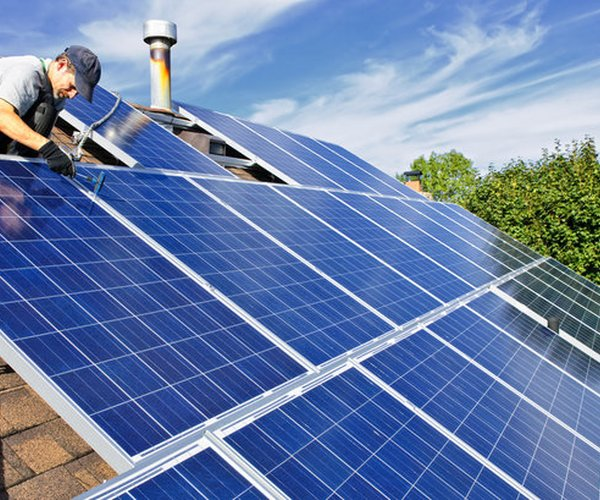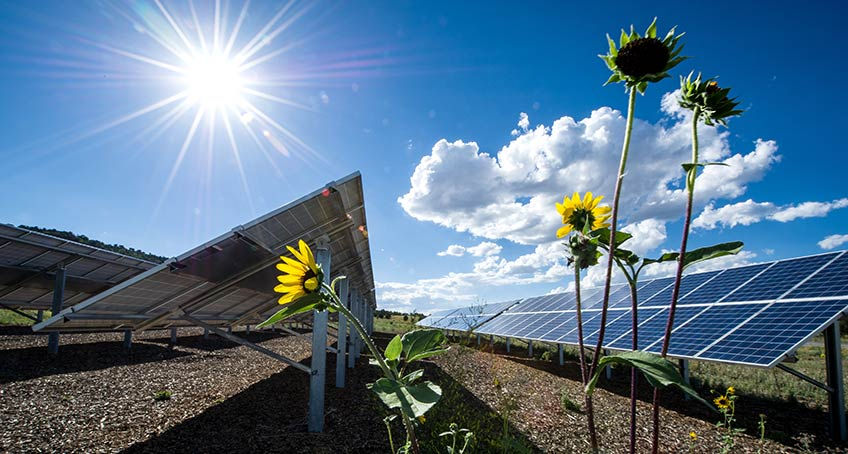Solar Photovoltaic Technology Basics
Solar cells, also called photovoltaic cells, convert sunlight directly into electricity. Today, electricity from solar cells has become cost competitive in many regions and photovoltaic systems are being deployed at large scales to help power the electric grid.
Silicon Solar Cells
The vast majority of today’s solar cells are made from silicon and offer both reasonable prices and good efficiency (the rate at which the solar cell converts sunlight into electricity). These cells are usually assembled into larger modules that can be installed on the roofs of residential or commercial buildings or deployed on ground-mounted racks to create huge, utility-scale systems.
Thin-Film Solar Cells
Another commonly used photovoltaic technology is known as thin-film solar cells because they are made from very thin layers of semiconductor material, such as cadmium telluride or copper indium gallium diselenide. The thickness of these cell layers is only a few micrometers—that is, several millionths of a meter.
Thin-film solar cells can be flexible and lightweight.Some types of thin-film solar cells also benefit from manufacturing techniques that require less energy and are easier to scale-up than the manufacturing techniques required by silicon solar cells.
Reliability and Grid Integration Research
Photovoltaic research is more than just making a high-efficiency, low-cost solar cell. Homeowners and businesses must be confident that the solar panels they install will not degrade in performance and will continue to reliably generate electricity for many years. Utilities and government regulators want to know how to add solar PV systems to the electric grid without destabilizing the careful balancing act between electricity supply and demand.
Post time: Mar-02-2022




